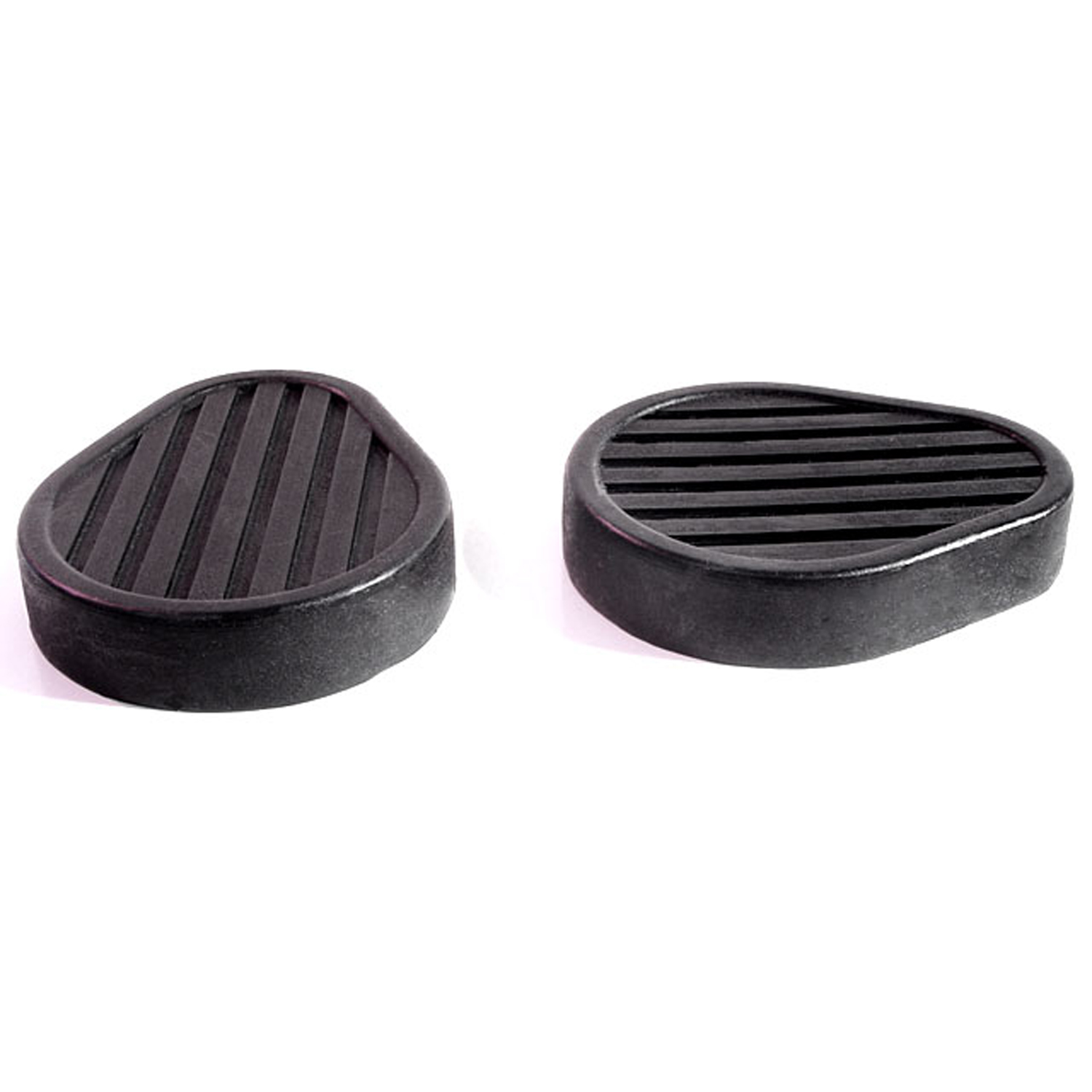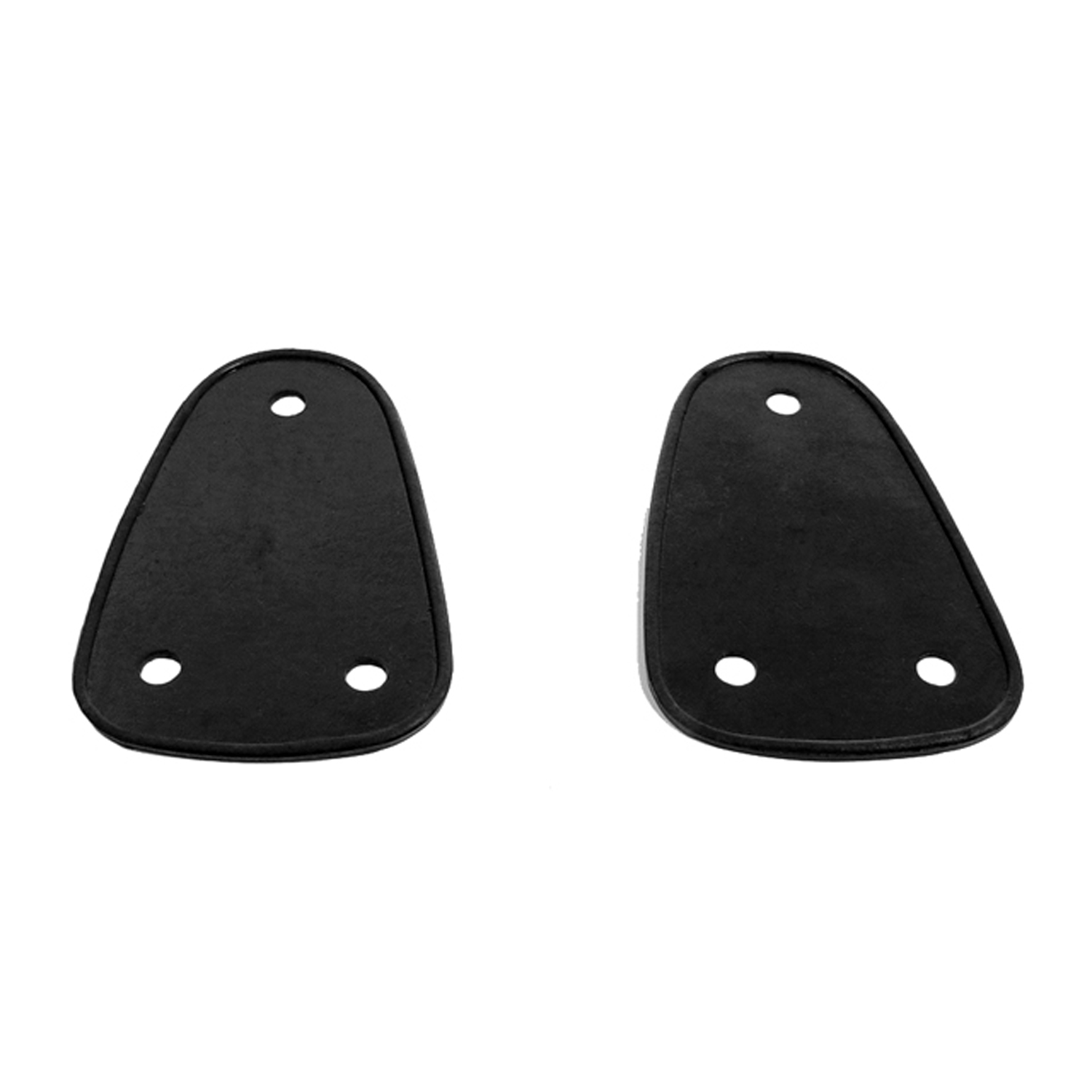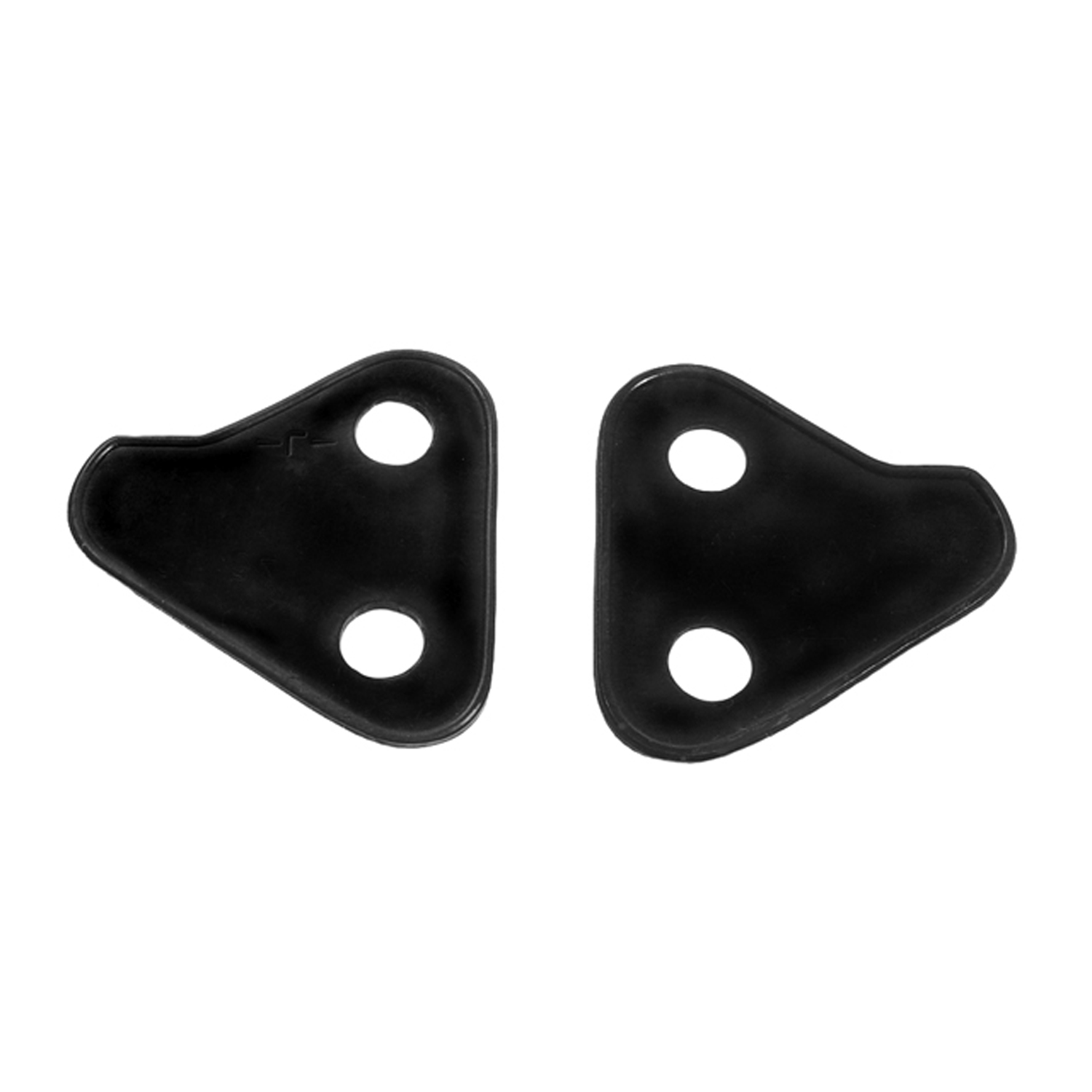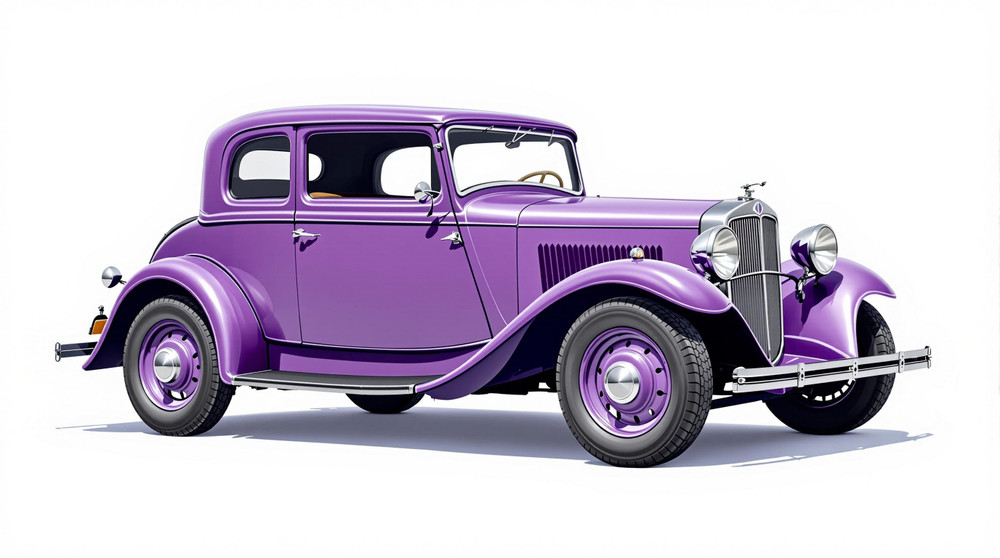Image of 1930 American Austin American Austin, Note: These illustrations use artistic license and may differ from actual historical models.
Performance Metrics
Fundamental Metrics
Emotional Appeal
MMP Rating
| Engine Specifications | |
|---|---|
| Engine: | Inline 4 |
| Displacement: | 747 cc |
| Horsepower: | 15 HP |
| Torque: | Estimated at 40 lb-ft |
| Compression Ratio: | 6.0:1 |
| Ignition System: | Distributor and coil |
| Cooling System: | Water-cooled |
| Performance Specifications | |
| 0-60 Time: | Not available due to the vehicle's age and power |
| 1/4 Mile Time: | Not available due to the vehicle's age and power |
| Top Speed: | 50 mph |
| Transmission and Drive | |
| Drive Type: | Rear-wheel drive |
| Transmission Type: | 3-speed manual |
| Fuel and Efficiency | |
| Fuel System Type: | Carburetor |
| MPG: | Estimated at 40 MPG |
| Dimensions and Brakes | |
| Brakes: | Mechanical drum brakes |
| Wheelbase: | 75 inches |
| Weight: | 1,200 lbs |
Note: Specifications for classic cars are given to the best of our ability, considering the limited and variant data available.
1930 American Austin: A Pint-Sized Prelude to Modern Motoring
The 1930 American Austin stands as a testament to ingenuity and the American spirit of adaptation. Born from the partnership between the British Austin Motor Company and American entrepreneurs, this diminutive vehicle carved its niche during a time when the United States was grappling with the Great Depression. Its origin is a tale of transatlantic collaboration, with Sir Herbert Austin seeking to replicate his European success across the pond by creating an affordable and economical car for the masses. The American Austin Car Company set up shop in Butler, Pennsylvania, and rolled out a car that would become a symbol of frugality and innovation. A notable moment in its history is its surprising endurance during an era when bigger often meant better, proving that size wasn't everything in the automotive world.
Design and Innovation: The Charm of the 1930 American Austin
The exterior styling of the 1930 American Austin was a delightful departure from the norm, with its compact dimensions and rounded features reminiscent of a scaled-down version of larger luxury cars of the era. The vehicle's design was penned by Alexis de Sakhnoffsky, lending it an air of European sophistication. Inside, occupants were greeted with a simplicity that was both functional and charming; although small, the cabin maximized space efficiently. Materials were modest yet durable, reflecting the car's utilitarian purpose. Technological features were basic but groundbreaking for its class, including four-wheel brakes—a rarity for such an affordable vehicle at the time. Color options ranged from conservative blacks and blues to more vibrant hues that appealed to individual tastes. The most iconic body style was undoubtedly the coupe, with its distinctive rumble seat adding both flair and practicality.
Historical Significance: The Legacy of the Little Giant
The 1930 American Austin didn't just bring motoring to a broader audience; it revolutionized how cars were perceived in terms of size and efficiency. It stood out among contemporaries for its fuel economy—a crucial selling point during economic hardship—and its unique design language that would inspire microcar designs in subsequent decades. Its impact on automotive design is seen in how it challenged the status quo, encouraging manufacturers to think small without compromising on character.
Performance and Handling: Navigating the Roaring Roads
Performance-wise, the American Austin was no powerhouse; its 15 horsepower engine propelled it to modest top speeds around 50 mph, with acceleration best described as leisurely rather than lightning-fast. However, handling was where this petite performer shone. Its light weight allowed it to navigate through urban environments with ease. Drivers often reported a surprisingly smooth ride for such a small car and found joy in its nimble maneuverability around tight corners or over uneven roads. The experience behind the wheel was intimate, with every mechanical symphony from the engine bay reaching the driver's ears unfiltered.
Ownership Experience: The Everyman's Companion
The 1930 American Austin served various roles from being a reliable daily driver to an eye-catching showpiece at vintage gatherings. Its maintenance was straightforward due to its simple mechanics, making it accessible for average owners to keep running. Despite its age, many parts are still available thanks to dedicated enthusiast communities.
Fun Facts: The Little Car with Big Stories
This pint-sized classic holds several fun facts under its tiny hood. For instance, despite its small stature, it became a Hollywood starlet in numerous films due to its unique look. It also faced criticism for being too small for American tastes at times but managed to outlive many naysayers by becoming a collector's favorite.
Collector's Information: A Pocket-Sized Investment?
Today, values for well-preserved or restored American Austins can vary widely but typically range between $10,000 and $20,000 depending on condition and originality. Rarity is somewhat subjective as production numbers were relatively low; estimates suggest that around 20,000 units were produced during its run from 1930-1934 before rebranding as Bantam. As with many classic cars, prices have trended upwards over time as they become scarcer and more appreciated by collectors.
Conclusion: Celebrating Compact Charisma
The 1930 American Austin may have been small in size but it left an indelible mark on automotive history through its innovative approach to design and economy during challenging times. It stands as a charming reminder that sometimes less truly is more when it comes to engineering ingenuity.
1930 American Austin American Austin Catalog of Parts
 1930 American Austin American Austin Clutch and Brake Pedal Pads. 2-3/8" wide X 3" long. Pair-CB 63Clutch and Brake Pedal Pads. 2-3/8" wide X 3" long. Pair
1930 American Austin American Austin Clutch and Brake Pedal Pads. 2-3/8" wide X 3" long. Pair-CB 63Clutch and Brake Pedal Pads. 2-3/8" wide X 3" long. Pair 1930 American Austin American Austin Headlight Pads. 2-3/4" wide X 4-1/2" long. Pair-MP 111-PHeadlight Pads. 2-3/4" wide X 4-1/2" long. Pair
1930 American Austin American Austin Headlight Pads. 2-3/4" wide X 4-1/2" long. Pair-MP 111-PHeadlight Pads. 2-3/4" wide X 4-1/2" long. Pair 1930 American Austin American Austin Windshield Post Pads. 3-1/4" wide X 3-3/8" long. Pair-MP 111-QWindshield Post Pads. 3-1/4" wide X 3-3/8" long. Pair
1930 American Austin American Austin Windshield Post Pads. 3-1/4" wide X 3-3/8" long. Pair-MP 111-QWindshield Post Pads. 3-1/4" wide X 3-3/8" long. PairWhy Choose Metro?
For over 100 years, Metro Moulded Parts has been the pinnacle of quality in classic car restoration parts. Our commitment to precision and authenticity in every component ensures a perfect fit and an OEM-level appearance.
- Expert Craftsmanship & Quality: Each part is a testament to our dedication to reliability and perfection, crafted from original designs and thoroughly tested.
- Advanced Technology: We use cutting-edge techniques to create flawless, long-lasting parts that surpass others in performance.
- SuperSoft Sponge – The Ultimate Door Seal: Not only are our door seals 30% softer than competitors', but they're also guaranteed to never leak. They effectively reduce wind and road noise, enhancing your classic car's comfort and driving experience.
- Proudly American: Our parts are a product of American craftsmanship, made in the USA with a spirit of excellence and heritage.
- Unrivaled Warranty: We back our products with a 30-year industry-leading warranty, a testament to our confidence in their quality.
Join us in preserving the legacy of classic cars with parts that are crafted for perfection, not just made.

